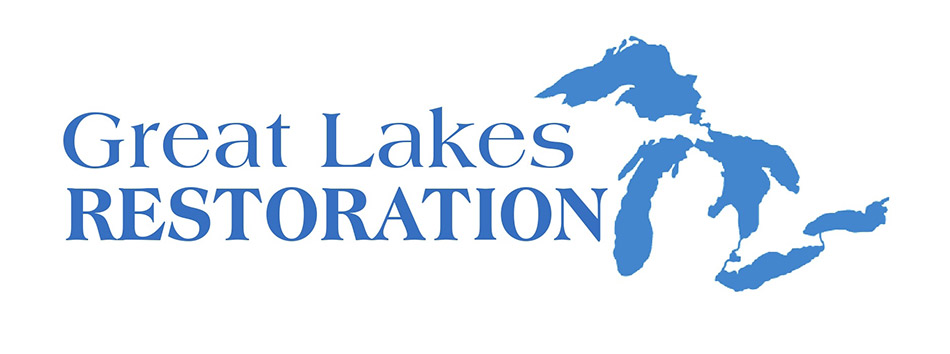Great Lakes Restoration Initiative

The Genesee River Coalition received a $750,000 grant from the EPA’s Great Lakes Restoration Initiative (GLRI) in 2017. The grant includes seven New York districts in the Coalition and provides funding for landowners to implement agricultural best management practices that reduce sediment and nutrient loading into the Genesee River. Projects under this grant will be completed by 2021. The Coalition is also a partner on a new $950,000 GLRI grant that was awarded to American Farmland Trust in 2019 to improve farmer to farmer outreach in the Genesee River watershed.
The Coalition has completed three projects in Monroe County that are listed below.
Project Name: Prescribed Grazing System Fencings
Funding Round: 8
Year Began: 2017
Year Completed: Ongoing
Before After


Approximately 4,520 feet of 3-strand high tensile fencing and 854 feet of Ramm Flex-fence was installed at Laural Harrington’s Farm. The installation of this fencing will help to keep approximately 18 acres of pasture for rotational grazing on the farm. This will ensure the farm has adequate forage for the animals during any type of weather situation, especially during time of extreme drought and extreme wetness. The fencing will provide exclusion of animals to the ditches and stream on the property, which flows into Black Creek. With the farm’s rotational grazing system and the installed fence practice, it is estimated from STEPL that 9.8 lbs. of nitrogen, 1.5 lbs. of phosphorus and 0.75 tons of sediment per year will be reduced to these sensitive areas.
Approximately 10,625 feet of 4-strand high tensile fencing was installed at Stone Hedge Beef Farm. The installation of this fencing will help to add approximately 30 acres of pasture to the rotational grazing system on the farm. This will ensure the farm has adequate forage for the animals during any type of weather situation, especially during time of extreme drought and extreme wetness. The fencing will provide exclusion of animals to the regulated wetland and stream on the property. With the farm’s rotational grazing system and the installed fence practice, it is estimated from STEPL that 19.8 lbs. of nitrogen, 3.5 lbs. of phosphorus and 1.7 tons of sediment per year will be reduced to these sensitive areas.
